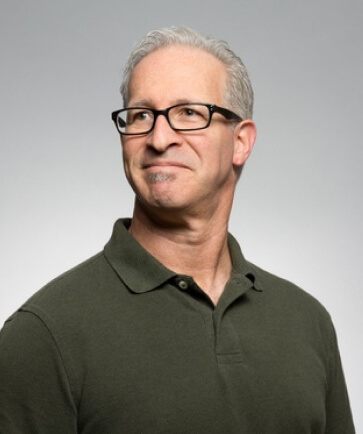Antonio Brown, the 37-year-old former NFL star, was recently charged with second-degree attempted murder. This charge stems from an event that took place in May. Police say gunfire erupted outside an amateur boxing match in Miami’s Little Haiti neighborhood. The short film documents the dramatic face-off at the center of the incident between Brown and Zul-Qarnain Kwame Nantambu. She has just come back to the U.S. after living almost six months in Dubai. This seemingly routine incident has since developed into a major legal contest that they might lose.
On November 7, U.S. marshals transported Brown from Dubai and extradited him to New Jersey. Only four days later, he turned up in Miami, where he was charged with the felony charges associated with the May incident. His attorney, Mark Eiglarsh, is arguing that Brown was acting clearly in self-defense. He argues there’s no way Brown ever set out to shoot Nantambu.
After the initial confrontation reportedly started as a fistfight between Brown and Nantambu, gunfire broke out. Brown’s cellphone footage shows Brown on the sidewalk with his gun drawn. Only minutes later, two more shots were fired. According to allegations, during the confrontation, a bullet struck Nantambu. His attorney, Richard L. Cooper, went even further with this claim.
“By the grace of God he was not killed,” – Richard L. Cooper
The facts around the shooting matter a lot, especially the question of whether or not Brown intended to use his weapon. If convicted of second-degree attempted murder, the distinction between whether Brown intended to kill Nantambu could result in drastically different sentences, ranging from five to thirty years in prison.
Witness accounts indicate that Nantambu informed police that Brown “proceeded to shoot at him (possibly grazing him in the neck), placing him in fear for his life.” As the legal battle begins to rage, both sides are preparing to tell their version of the story and lay out their evidence.
Eiglarsh argues that Brown was legally carrying his own firearm. At the time of the shooting, he was the legal possessor of a concealed weapons permit. In his defense of Brown, he claims that what Brown did was purely defensive.
“So my position is he didn’t aim the gun at him to shoot him,” – Mark Eiglarsh
In defense of his client, Eiglarsh states, “You know how we know that? Because the guy’s alive. If my client intended to kill him, he could have done that. He didn’t. He fired his weapon because he was again reasonably fearing death or great bodily harm from this guy. And he just wanted to get away.”
The narrative presented by Nantambu’s legal representation contrasts sharply with that of Brown’s defense. For one, Cooper claims that Brown’s actions immediately following the scuffle were aggressive and would have negated any claims of self-defense.
“But frankly, it’s just implausible that this could be a self-defense case because Antonio Brown runs after my client who’s gone; he’s gone; the shooting happened on the street at least 50 to 60 feet away from the initial scuffle,” – Richard L. Cooper
Brown has publicly stated that he was attacked during the incident, claiming he was “jumped by multiple individuals who tried to steal my jewelry and cause physical harm to me.” He claimed that police had first arrested him but freed him after they heard his version of events.
As this case makes its way through the legal system, both parties’ legal teams will be sure to put forth strong arguments. The resulting verdict will have serious implications on Brown’s future. It would do so for his public image, which has taken a hit in recent years.



Leave a Reply